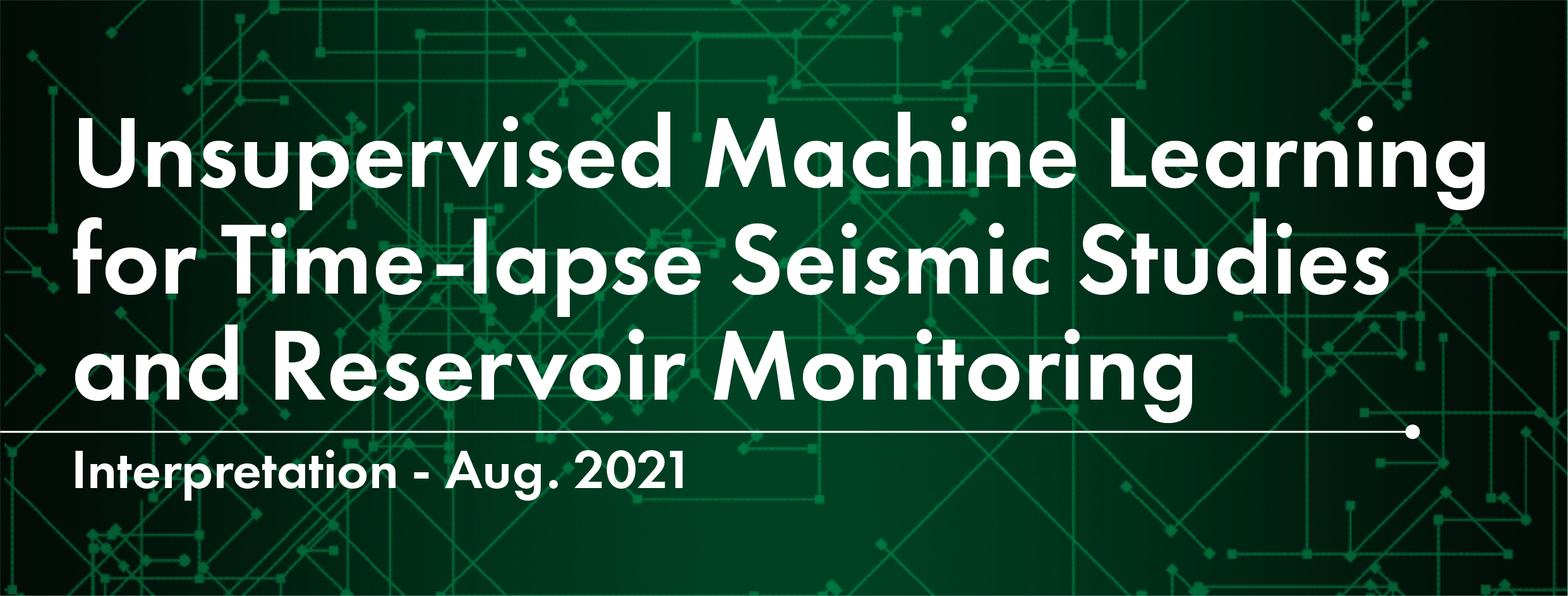By Marwa Hussein, Robert R, Stewart, Deborah Sacrey, David H. Johnston, and Jonny Wu | Published with permission: Interpretation Journal | August 2021

Abstract
Time-lapse (4D) seismic analysis plays a vital role in reservoir management and reservoir simulation model updates. However, 4D seismic data are subject to interference and tuning effects. Being able to resolve and monitor thin reservoirs of different quality can aid in optimizing infill drilling or in locating bypassed hydrocarbons. Using 4D seismic data from the Maui field in the offshore Taranaki Basin of New Zealand, we generate typical seismic attributes sensitive to reservoir thickness and rock properties. We find that spectral instantaneous attributes extracted from time-lapse seismic data illuminate more detailed reservoir features compared with those same attributes computed on broadband seismic data. We have developed an unsupervised machine-learning workflow that enables us to combine eight spectral instantaneous seismic attributes into single classification volumes for the baseline and monitor surveys using self-organizing maps (SOMs). Changes in the SOM natural clusters between the baseline and monitor surveys suggest production-related changes that are caused primarily by water replacing gas as the reservoir is being swept under a strong water drive. The classification volumes also facilitate monitoring water saturation changes within thin reservoirs (ranging from very good to poor quality) as well as illuminating thin baffles. Thus, these SOM classification volumes indicate internal reservoir heterogeneity that can be incorporated into reservoir simulation models. Using meaningful SOM clusters, geobodies are generated for the baseline and monitor SOM classifications. The recoverable gas reserves for those geobodies are then computed and compared with production data. The SOM classifications of the Maui 4D seismic data seem to be sensitive to water saturation change and subtle pressure depletions due to gas production under a strong water drive.
Click HERE to read the rest of this article.
Most Popular Papers




















